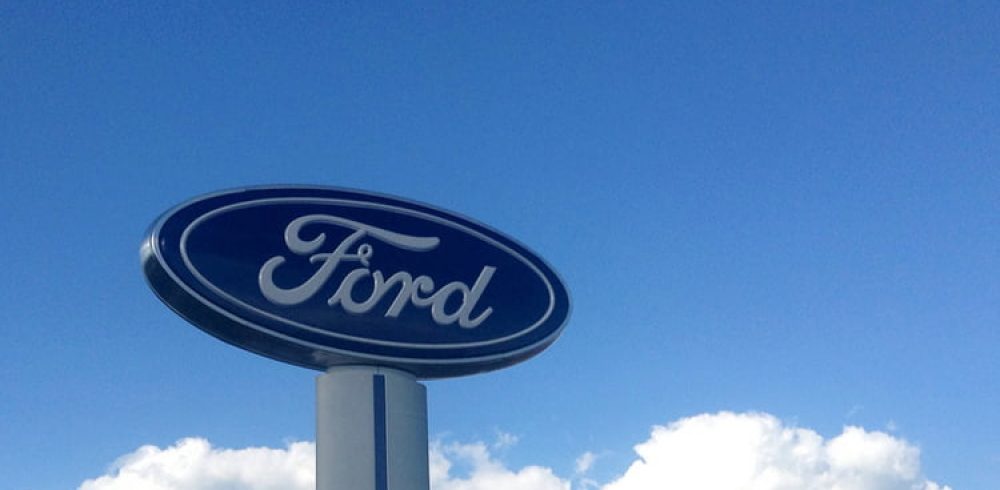Ford tripling the size of its self-driving car fleet : Ford has announced it will triple the number of self-driving cars in its current fleet to 30 in order to hasten its advancements on the technology.
The automaker is planning to use a new, lower cost LiDAR sensor made by California-based Velodyne in its new vehicles.
According to industry executives, the high cost of LiDAR sensors, which act as the eyes of a self-driving car, is one of the main technical obstacles to widespread commercialisation of self-driving vehicles.
Ford said it will be the first driverless manufacturer to use Velodyne’s new solid state ‘hybrid Ultra PUCK Auto’ sensor. The compact device replaces the spinning scanners mounted on the rooftops of some autonomous test vehicles.
Two of the new sensors can reportedly replace four LiDAR sensors and the Ultra PUCK is small enough to mount on a side-view mirror.
Ford will add 20 hybrid Ford Fusion sedans to its existing 10-vehicle self-driving car fleet, and test them on roads in California, Arizona and Michigan.
According to a recent report, the company is also in talks with Google to act as the manufacturer for the search giants’ first line of driverless vehicles.
Ford is also looking into connecting its cars to smart home technology to allow consumers to control lights or thermostats inside the home from the car, or start up cars and check fuel levels from inside the house.
It also said that Apple’s CarPlay and Google’s Android Auto smartphone connectivity platforms would come preinstalled in all 2017 model year cars, equipped with its latest infotainment system, Sync 3.
Meanwhile, Ford has announced it is collaborating with drone maker DJI to sponsor a contest to develop drone-to-vehicle communications systems using the connectivity systems on a Ford F-150.
Contestants would design a system that United Nations workers can use to survey disaster areas with the winner will receive $100,000.
Manufacturing & Engineering Magazine | The Home of Manufacturing Industry News









